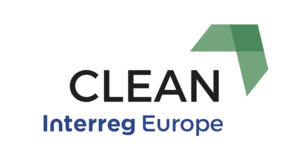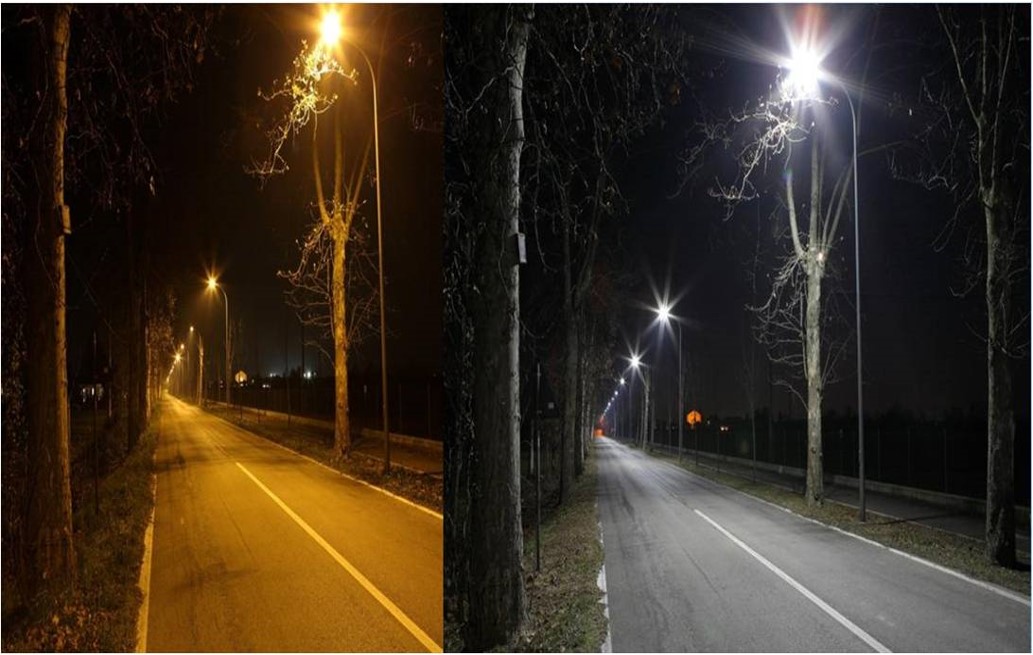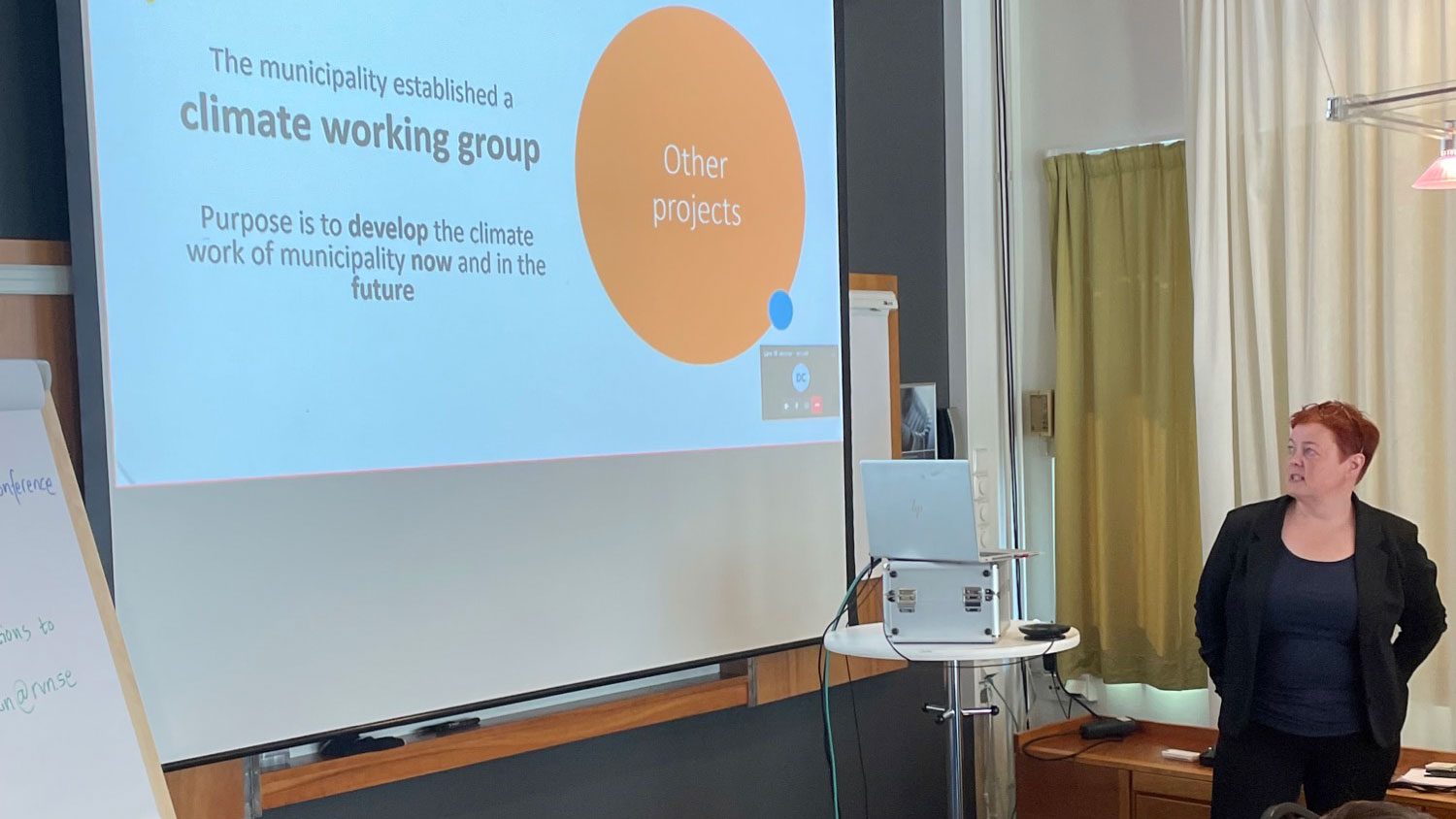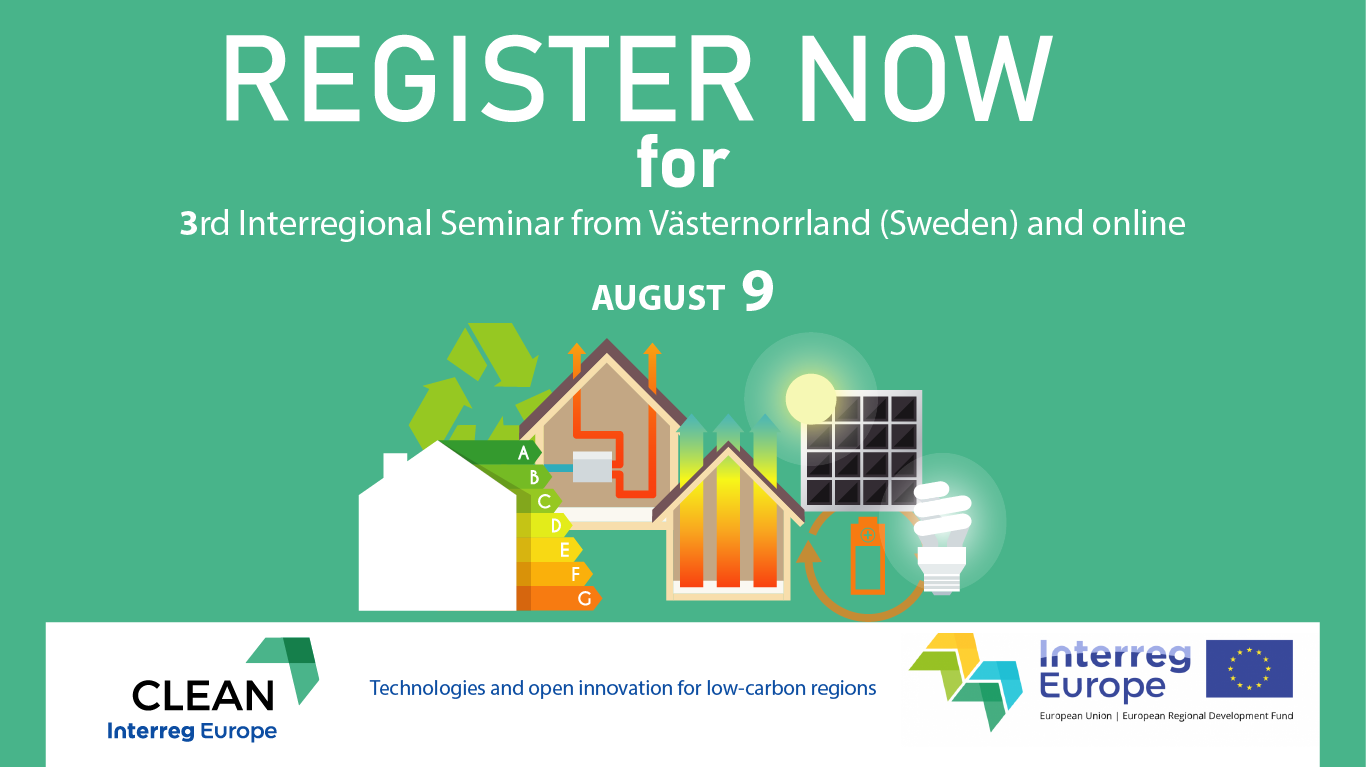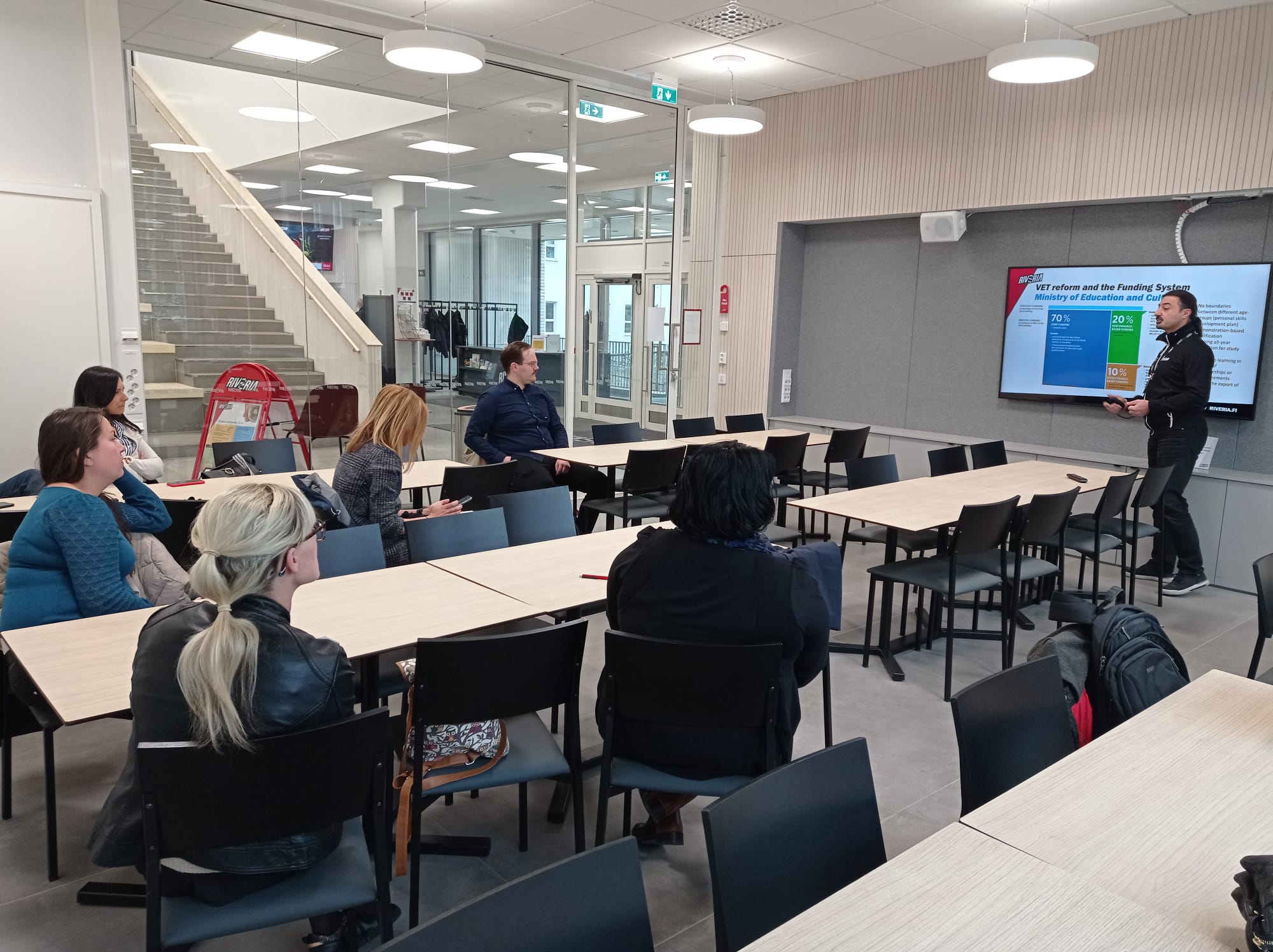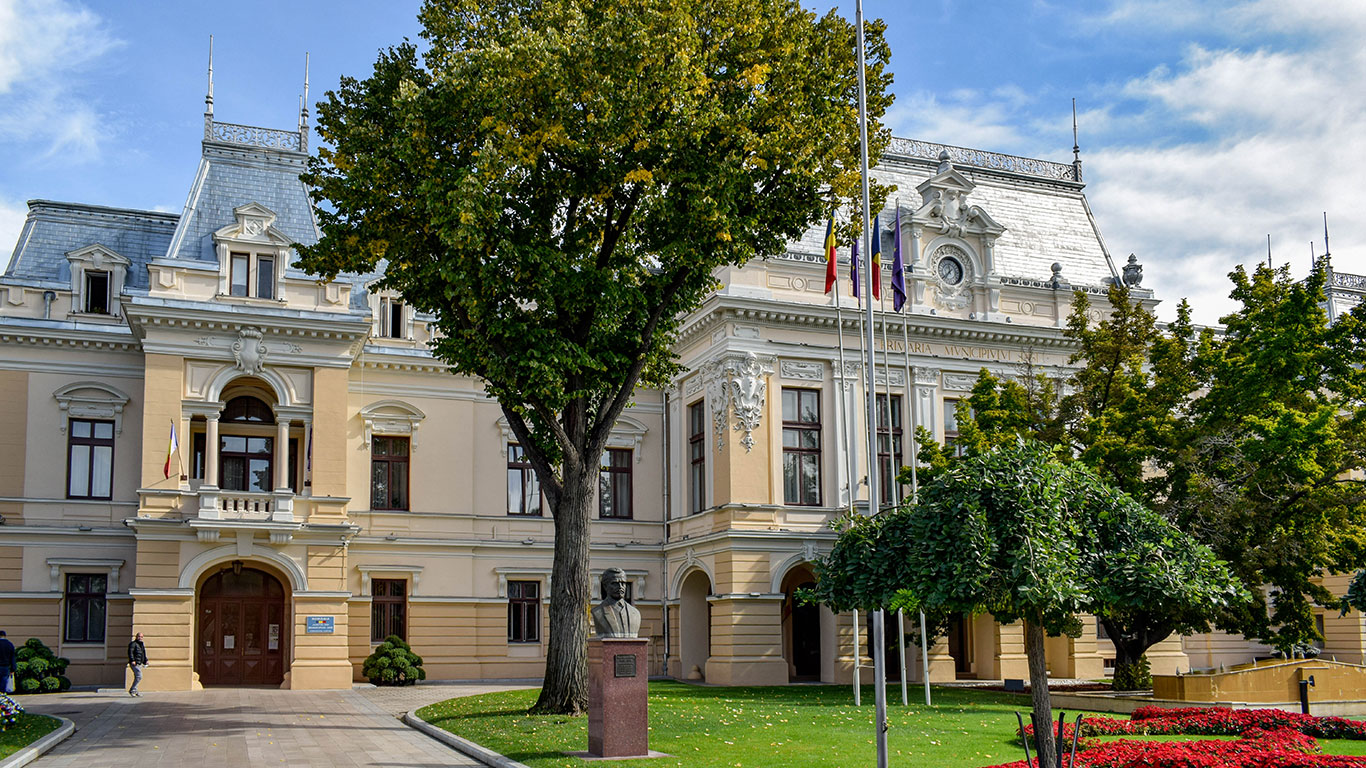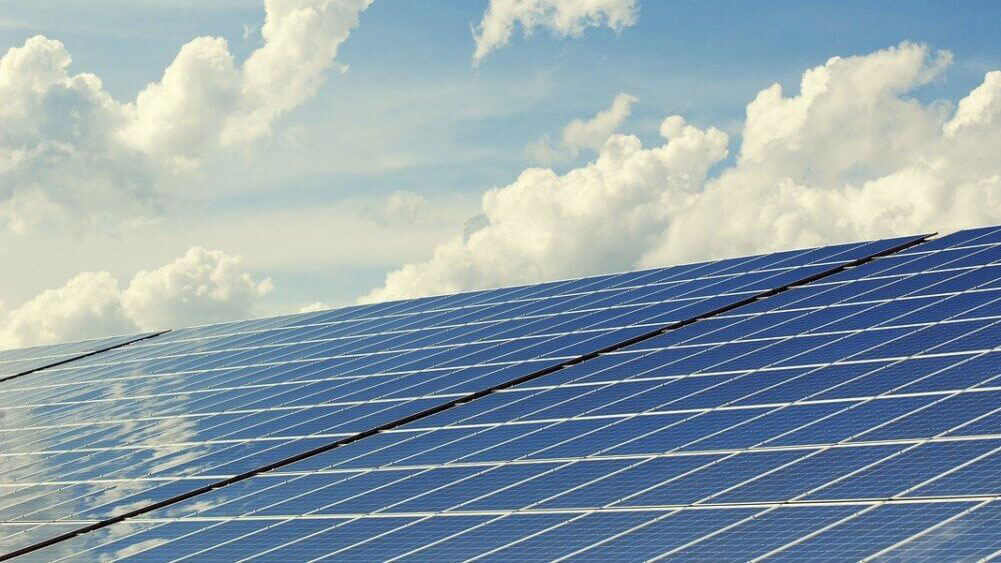This week we speak with project partners Bostjan Grabner and Janez Gorensek from Development Agency of Savinjska Region (Slovenia) about the main facts of the Regional Action Plan that they have recently developed:
What is the full name of your Action Plan? REGIONAL ACTION PLAN -Transfer of good practices to Savinjska region / REGIJSKI AKCIJSKI NAČRT - Prenos dobrih praks v Savinjsko regijo.
What is the aim? The aim is to transfer three good practices to Savinjska region and help achieving the main goal of CLEAN project, raising energy efficiency by 4% by 2022.
And, what will be the main output? RASR chose three practices that would be best transferred and would give the best results in our region. To prepare the actions, we included the stakeholders such as municipalities, energy agencies, schools, etc. For each action we prepared the description of what steps need to be taken, who should be included (which stakeholders), the time-frame and the estimation of costs. The main output will be the successful implementation of the good practices chosen for Action Plan.
What is the name of the policy instrument or instruments addressed? As part of the project, RASR will influence the implementation of the Operational Program for the implementation of the European Cohesion Policy in 2014-2020, namely the implementation of the thematic axis Sustainable use and production of energy and smart grids, priority Promoting energy efficiency, smart energy management and the use of renewable energy sources in the public infrastructure, including public buildings, and the housing sector.
What would you highlight from the policy framework? One of the thematic axis of the Operational Program for the implementation of the European Cohesion Policy in 2014-2020 is the sustainable use and production of energy and smart grids, promoting energy efficiency, smart energy management and the use of renewable energy sources in the public infrastructure, including public buildings, and the housing sector. Axis pursues 2 goals: Specific objective 1) Increase energy efficiency in the public sector: the implementation of the CLEAN project action plan will help achieve the result of "final energy savings in the public sector" through the use of smart lighting that will save electricity. Specific objective 2) Increase household energy efficiency : the CLEAN project action plan will help achieve the result of "final energy savings in the household sector" by implementing the measures of two measures - The challenge for families (less energy use) and the use of the application (the challenge of renewal).
Could you tell us a little bit about the background of your actions? RASR chose three practices that would be best transferred and would give the best results in our region:
- Action 1: Use of smart street lighting: the first practice is to include sensors in public lighting on a selected section of footpaths or bicycle trails. Sensors detect motion and adjust light. When a passing lamp approaches a street lamp, it increases the power of light from a basic 10% luminance to maximum power. When the pedestrians or cyclists move away, the light power is reduced to the base level.
- Action 2: A challenge for families - less energy use: the second good practice that will be used is the integration of families into the energy saving and water saving system while simultaneously checking the microclimate, living comfort (temperature, humidity, CO2...) in the apartments. The action is carried out in the form of a competition that encourages families to behave in a cost-effective way through day-to-day actions.
- Action 3: Use the application - the challenge of renewal: third good practice is using the "challenge of reconstruction" game, on issues of saving and reducing the cost of energy consumption through rehabilitation and restoration of dwellings. The essence of the measure is a developed program that is uploaded to a phone, tablet, computer and which interactively shows the user how, with proper rehabilitation of the dwelling, it can achieve less heat loss, lower energy and water consumption
Why did you choose that specific actions? We choose these actions because, between all the good practices that were collected in the project, these three could be best transferred to Savinsjka region and could give best results and outputs.
What is the impact that you are expecting? We expect that successful implementation of the actions would raise the awareness and encouraged similar actions to take place in Savinjska region and broader.
Which players are involved? We involved different experts and stakeholders that are familiar with the specific subject of energy saving, such as, municipalities, energy experts, Ministries, etc.
How are you going to monitor it? Implementation will be monitored by regular stakeholder meetings, site visits and by regular communication with all involved stakeholders.
Read the whole Regional Action Plan of RASR.
